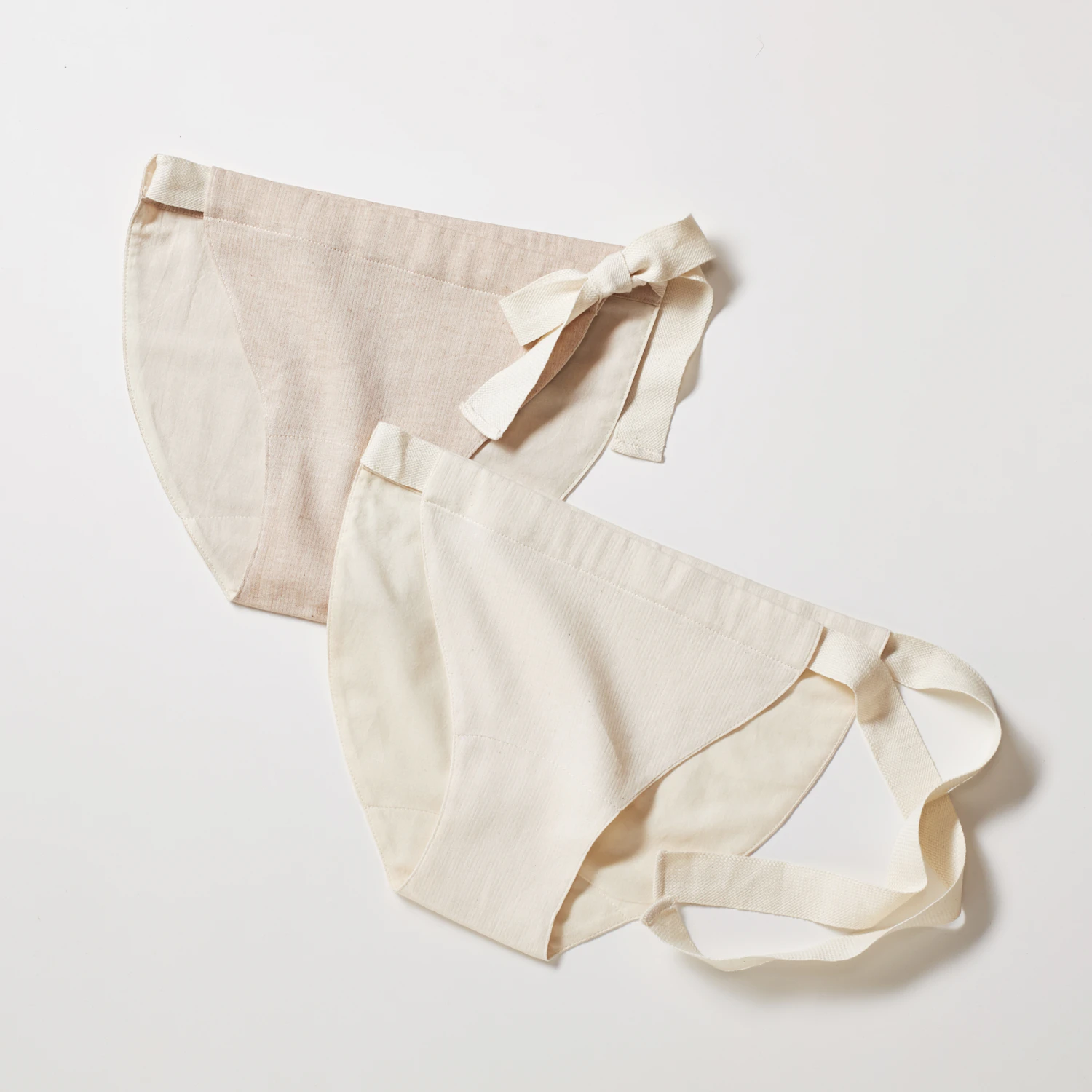12.23TUE
The Fundoshi Is the New Trend! The Future Created by the Good Design Award-Winning "sharefun"

Right now, Japan's traditional undergarment, the "fundoshi," is gaining renewed attention. Its popularity is gradually spreading to include actors and celebrities. Amidst this trend, a new fundoshi designed to relax both body and mind, "sharefun," is achieving explosive sales growth. This time, we interviewed Keiji Nakagawa, the developer of "sharefun" and chairman of the Japan Fundoshi Association, about the allure of fundoshi and the secrets behind "sharefun's" popularity.
Tying the Strings as a Switch to Toggle 'ON & OFF'
Fundoshi is a traditional undergarment unique to Japanese culture.Have you heard that fundoshi is suddenly garnering attention? The person behind this is Keiji Nakagawa, who created "sharefun" and "TOTONOU PANTS." Nowadays, he is heavily invested in popularizing fundoshi to the extent that he now serves as the chairman of the Japan Fundoshi Association.
Nakagawa's interest in fundoshi stemmed from his personal experience.
"I started to take an interest in fundoshi when I became depressed due to work issues in 2011. By chance, I heard a respected senior talk joyfully about switching from regular underwear to fundoshi, saying it made him feel much more energetic both physically and mentally. That piqued my interest, and I decided to try it myself."
At that time, traditional Japanese sweat-absorbing undergarments called 'steteco' were gaining popularity and were being transformed into relaxation wear. When Nakagawa tried to get his hands on a fundoshi, he found that it was so scarcely available that even at a department store, the shop assistant had to fetch it from the drawers after being specifically asked. Additionally, they only sold red or white 'Echuu Fundoshi.'
"I started to take an interest in fundoshi when I became depressed due to work issues in 2011. By chance, I heard a respected senior talk joyfully about switching from regular underwear to fundoshi, saying it made him feel much more energetic both physically and mentally. That piqued my interest, and I decided to try it myself."
At that time, traditional Japanese sweat-absorbing undergarments called 'steteco' were gaining popularity and were being transformed into relaxation wear. When Nakagawa tried to get his hands on a fundoshi, he found that it was so scarcely available that even at a department store, the shop assistant had to fetch it from the drawers after being specifically asked. Additionally, they only sold red or white 'Echuu Fundoshi.'
This article is for members only.
Please register to read the rest of the article.
What you can do with a membership
- Read members-only articles
and use text-to-speech. - Unlimited article favourites
and browsing history. - Attend members-only events.
- Get the latest information
with our email newsletter.
CONCEPT VIDEO
"fashion tech news" Unveils New Logo & Concept Video
TOP ARTICLES
RELATED ARTICLES
CONCEPT VIDEO
"fashion tech news" Unveils New Logo & Concept Video
CONTACT
If you have any questions or enquiries, please enter your details in the form below.

















.png?w=400&fm=webp)


